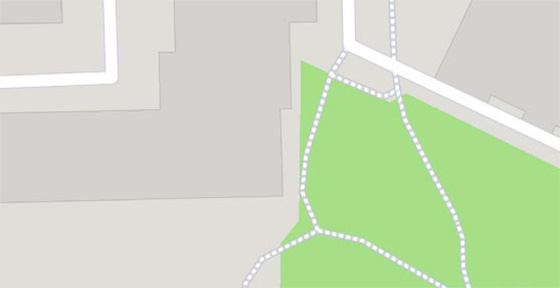Grand-Place is the central place of Brussels, known for its decorative and aesthetic richness. The square is surrounded by guild houses, City Hall and Maison du Roi. In 1998, it was inscribed on the UNESCO World Heritage List. Numerous celebrations, performances and concerts take place here, and every two years, in mid-August, a carpet of flowers is laid in the square.
The market marked out before 1348 has an irregular shape without intra-market buildings. In the fourteenth century, Maison du Roi was built here - a building in the neo-Gothic style, and in the fifteenth century a Town Hall with a soaring tower was erected. These objects were demolished in 1695, during the shelling of the city by French artillery, and then rebuilt and expanded. Guild houses were built around the market at the turn of the 17th and 18th centuries.
The origins of the square date back to the 11th-12th century, when the first wooden houses began to be built on a drained swamp. The nearby trade route connecting Rhineland and Flanders meant that at the beginning of the thirteenth century, three market halls were built in which food products and cloth were sold. Later, the Town Hall and merchant guild headquarters and numerous tenement houses were built, and the market began to fulfill social and political functions.
Attractions inside




